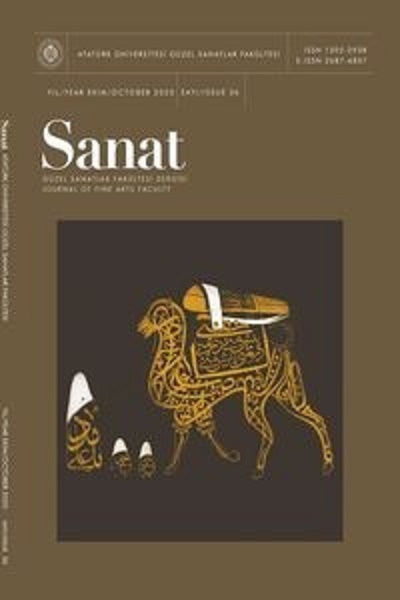
Formal, Technical, and Musical Analysis of Gaetano Donizetti’s Flute and Piano Sonata
Yazarlar/ Authors: Zehra Ezgi KARA [1] , Emine BİLİR [2]
Gaetano Donizetti (1797-1848), who is among the important composers of 19thcentury Italian opera with the 70 operas he composed, has 611 works including different styles, although he is generally known for his opera composer identity. Although the number of instrumental works he composed is not many, he is known to bring distinguished and original works to the instrumental music repertoire. Flute and Piano Sonata (1819), in which the form, technical and musical analysis is conducted in this study, has an important place in the flute and piano literature in terms of its use as a training material in institutions providing vocational music education as well as being among the concert repertoire of many flutists and pianists. Through the analysis carried out in this study, musical structures reflecting Gaetano Donizetti’s characteristics such as harmonic, melodic, and rhythmic elements, formal structures, and instrumental techniques used in his works were revealed. The aim of the study is to enable the performers, academics, and students who receive professional music education to perform Donizetti’s work more consciously by making use of the analyses and to contribute to the literature of instrument training by suggesting working methods.